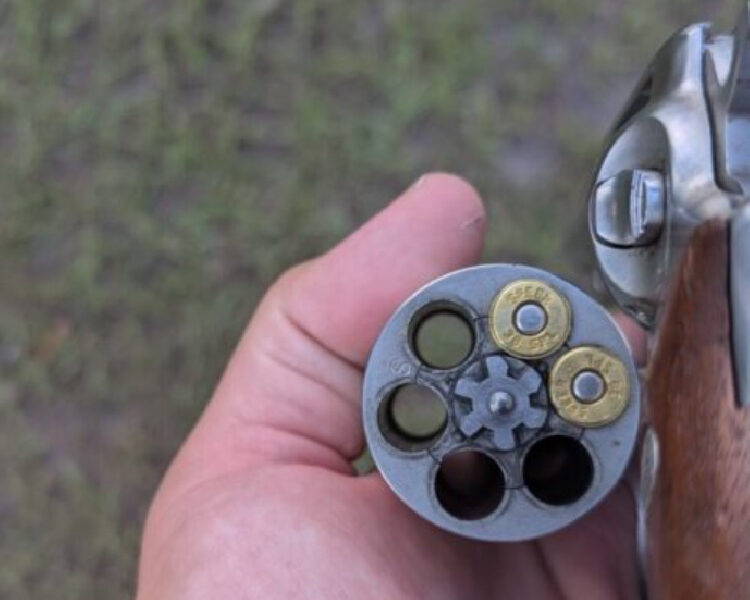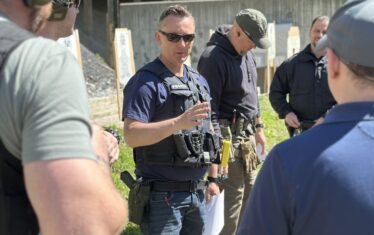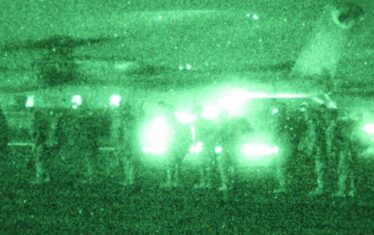Is the single-action option on a modern double-action revolver a crutch? Revolver guru and Taurus Marketing lead Caleb Giddings thinks so. It’s an interesting discussion, and Caleb has more trigger time on revolvers than me.
I’ll stay in my lane regarding that debate, but if you want to master the traditional revolver, then learning to work with a double-action trigger is going to have to be part of your training.
Today’s drill, called the Revolver Rolling Trigger Drill, aims to help you master that double-action trigger pull.
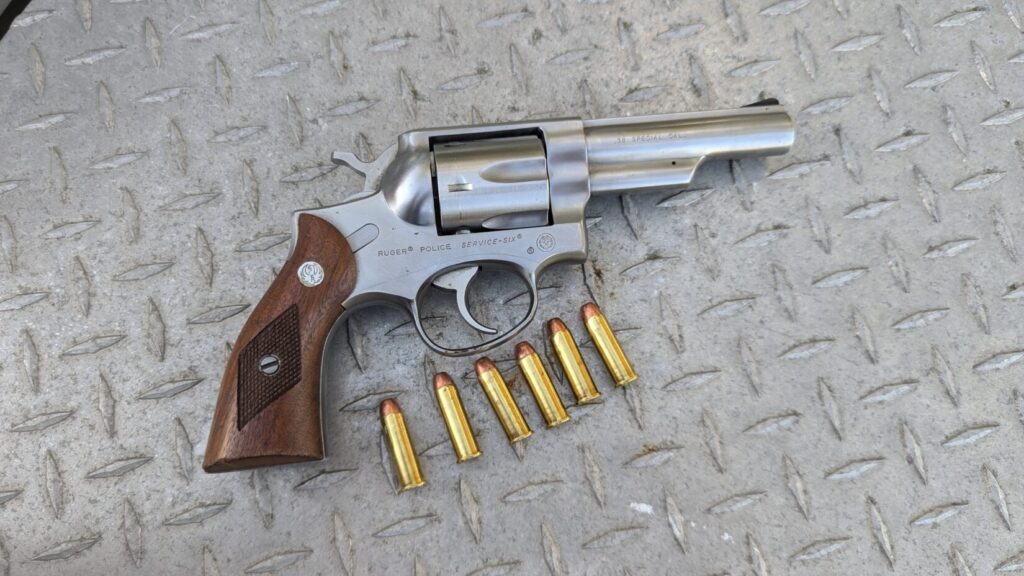
People struggle with double-action trigger pulls due to their weight and length. Some triggers are better than others, but they are heavier and longer than a Glock. Longer, heavier triggers don’t present a mechanical accuracy issue, rather, more room for human error. Double-action triggers allow more space and time for the person pulling the trigger to make a mistake.
With the Revolver Rolling Trigger Drill, you can get in numerous trigger presses without the need for a large amount of ammo. Just a box of 50 rounds can provide you with an effective workout and help you develop that masterful revolver technique you’re aiming for.
The Rolling Trigger Drill: What You’ll Need
First, and most obviously, you need a double-action revolver. Beyond that, you’ll need at least 21 rounds of ammo. This may vary depending on your revolver and if you want to do the deluxe version of the drill. If you are doing the deluxe version, you’ll need 42 rounds.
There isn’t a need for a shot timer or a specific target. I’d use a somewhat smaller target to work your accuracy skills.
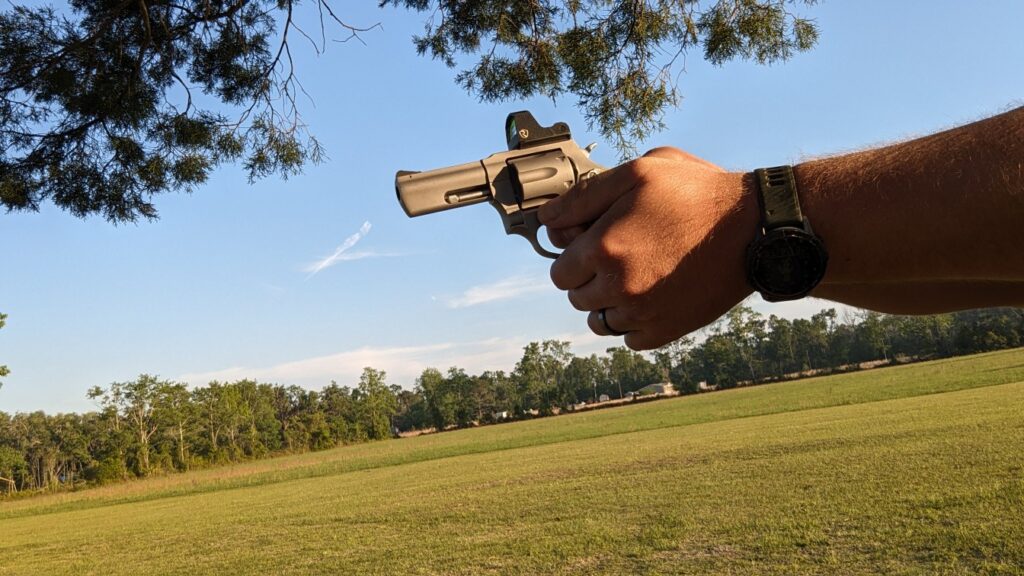
Let’s go with a 6.5 x 11-inch box. That represents an A-Zone and is a good target to practice your double-action pulls. The drill only requires seven yards of range, but if it’s too easy, you can always start further. If it’s too hard, you can move a bit closer.
That’s it. You don’t need a holster, speedloader, or anything fancy. This is a fundamental drill and doesn’t involve any kind of dynamic techniques. It’s all about the trigger pull.
That Perfect Double Action Trigger Pull
Your goal with the Rolling Trigger Drill is to develop double-action trigger fundamentals. To practice a double-action trigger pull, you need to know how to do it.
There are two schools of thought for a double-action trigger pull. First is the staged trigger pull. Here, you pull the trigger to a certain point where the trigger is mostly pulled. You then refine your sight picture and finish the trigger pull.
The second is the rolling trigger pull. By the name, you’ve likely guessed this is the trigger pull we are using for this drill. A rolling trigger pull means that you pull the trigger continuously and smoothly. You never stop pulling the trigger to stage the hammer. You roll through the trigger.
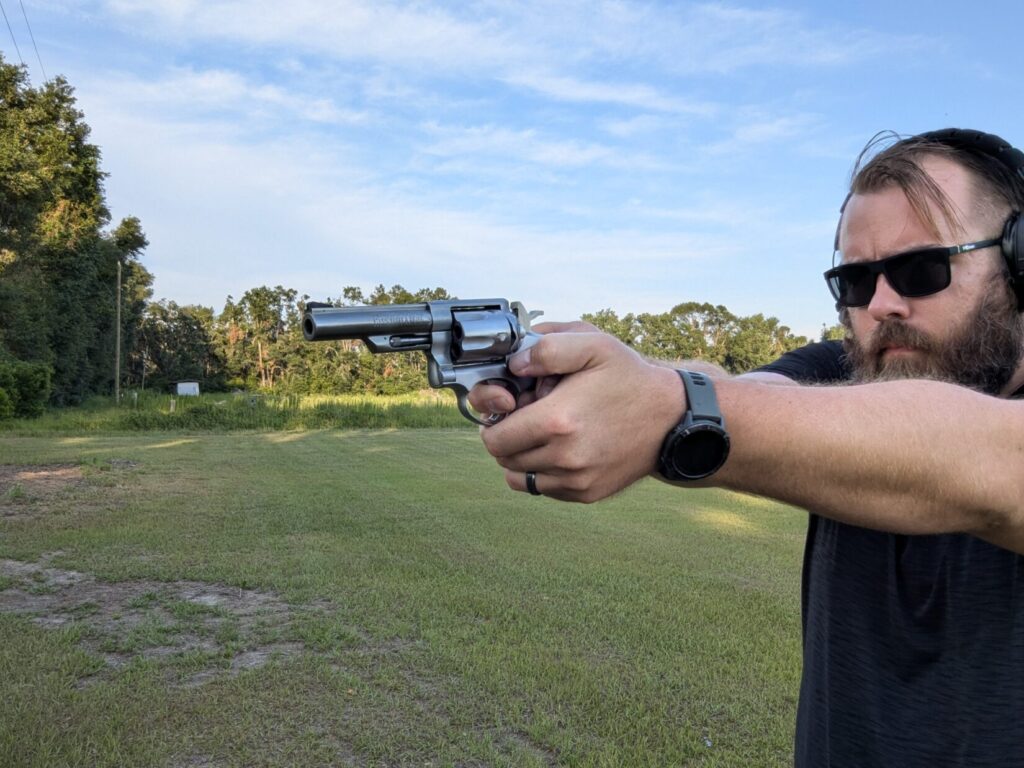
This skill requires you to start slow. As you pull the trigger, you avoid disturbing your sight, and if you do mess up your sight picture, you work to perfect it without ever stopping your trigger pull. Bury those sights into the target, keeping the trigger moving.
The Revolver Rolling Trigger Drill will help you learn how to keep the trigger moving and how to keep your sights on target. You’ll be moving slowly at first, but you’ll get faster as you practice. This is the fastest method to work your trigger and the best way to shoot a revolver quickly.
The Rolling Revolver Trigger Drill
This drill is simple and perfect for beginners. At the seven-yard line, I want you to load one round into your cylinder. The round should be oriented so it’s in the last cylinder to be fired. Assume a good firing position and start pulling the trigger.
Remember, the trigger pull should be one fluent movement that never stops. Go as slow as you need to to keep your sights on target.
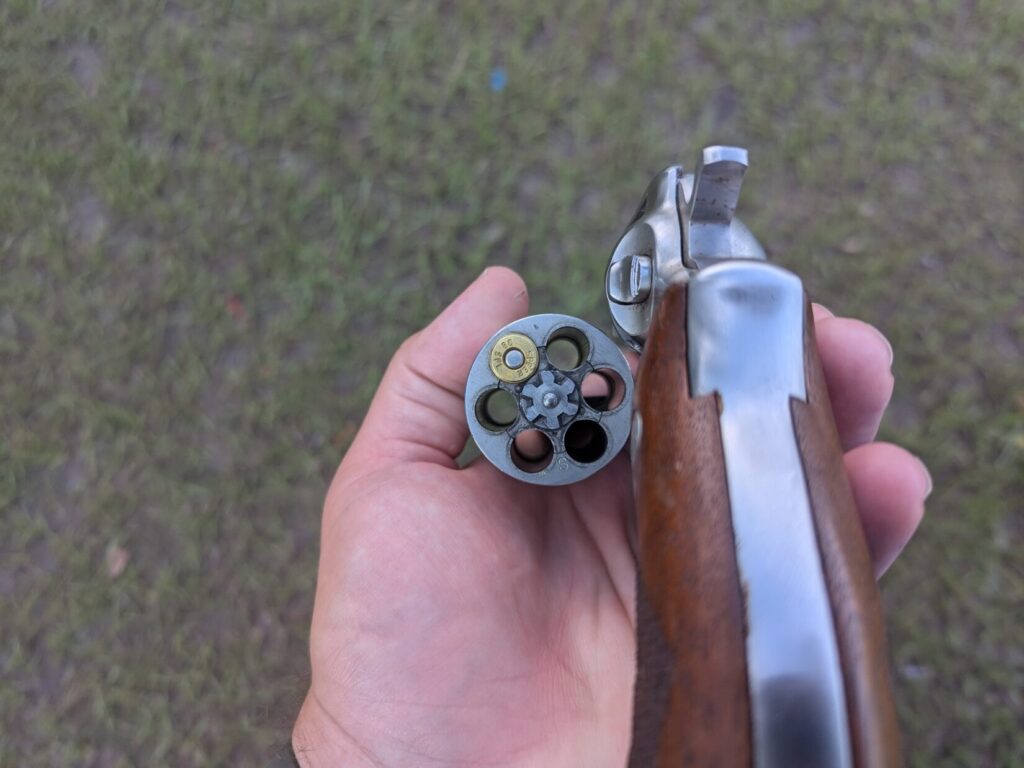
Depending on your revolver’s capacity, you’ll get four or five double-action dry-fire trigger pulls before reaching the live round. This gives you an awesome dry-fire experience and plenty of practice with trigger pulls.
For the next cycle, you’ll load your revolver with two live fire rounds. Again, they will be placed at the end of your cylinder’s rotation. You’ll run through three or four dry fire trigger pulls.
Make the most out of these trigger pulls and treat them as if they were real shots. Practice that complete double-action trigger pull: roll the trigger, align the sights, and make it one quick movement.
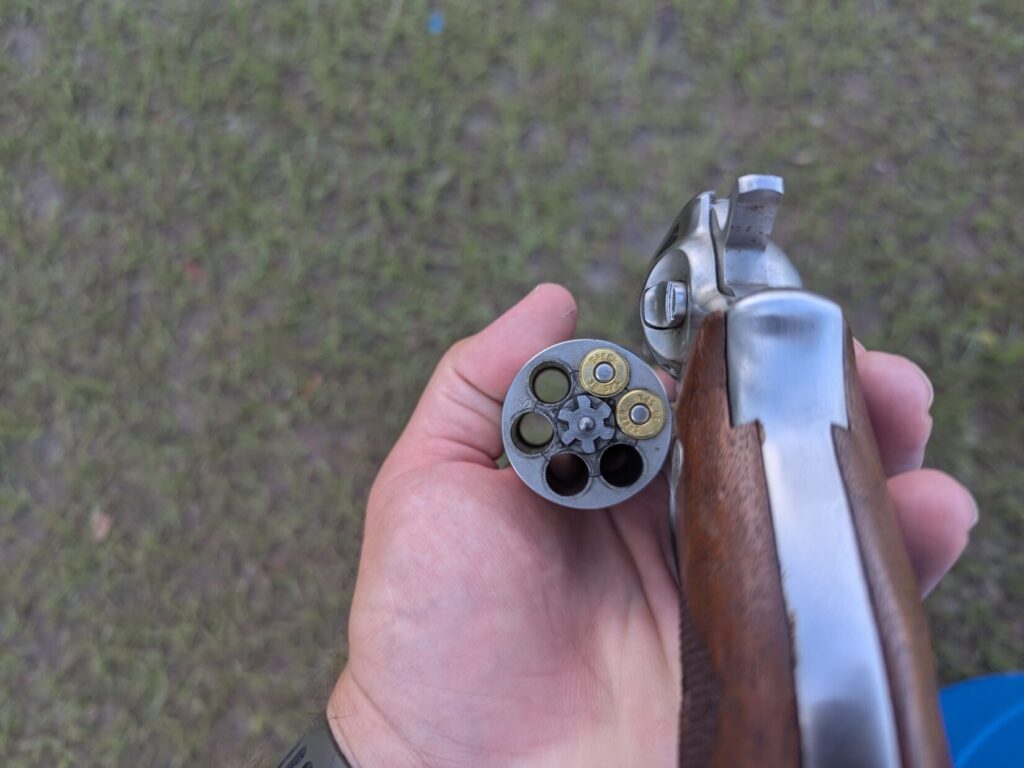
Once more, you’ll repeat the drill, loading another round to have a cylinder of three live fire shots. You’ll go through the dry fire and live fire and then add another round. Repeat the drill until you are firing a full revolver’s worth of ammunition.
Once you’ve fired a complete cylinder’s worth of ammo, finish up the drill with an empty cylinder of dry fire practice. Remember to focus on that smooth, continuous rolling trigger pull.
You’ve completed the basic portion of this Revolver Rolling Trigger Drill.
More Ammo, More Problems
Since you used upwards of 21 rounds of ammo on this drill, you might want to use the rest of the box elsewhere. If you still want to work on that good trigger pull you can use another 21 or so rounds and work it a bit more. This time, instead of starting with one round in the cylinder, you’ll start with six.

Get six live-fire shots, then five, then four, etc., until you get to zero and just have six dry-fire red dots. With a six-shot revolver, you’ve fired 42 rounds but you’ve actually made 72 trigger pulls. This allows for a good mix of live and dry fire practice in one range trip.
Keep It Rolling
Rolling that double-action trigger takes a bit of practice. It won’t come as naturally as the trigger on a pre-tensioned striker fire gun. The best practice is mindful repetition.
Work the trigger, and make sure you use the dry fire practice to observe for flinch. One good thing about mixing dry fire shots with live fire is your ability to observe issues like flinch, grip problems, and more.
The Rolling Trigger Drill isn’t sexy or exciting, but it’s a great step for new revolver shooters to learn that double-action trigger. The difference I’ve seen it make in my revolver shooting is a testament to how great even simple drills can be.





